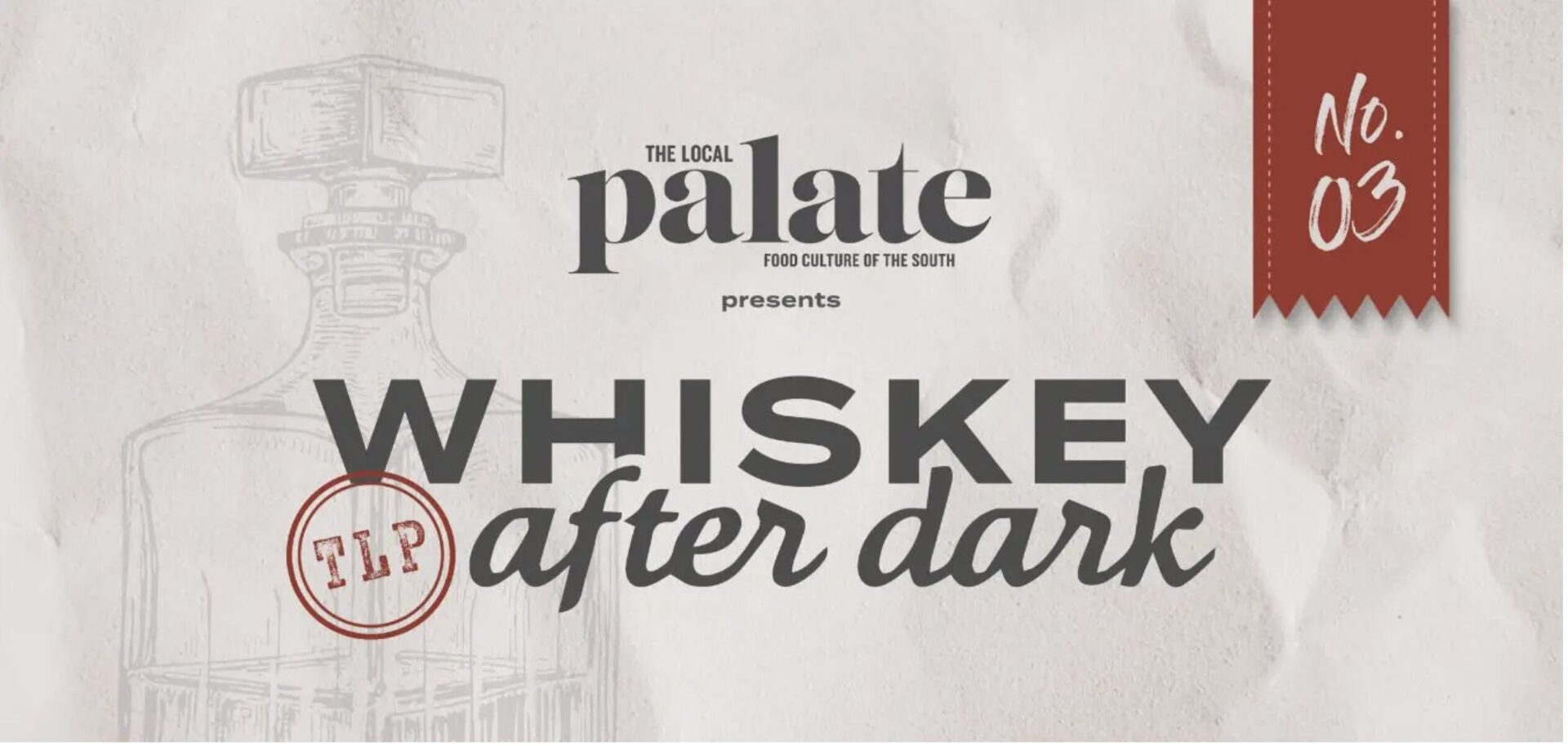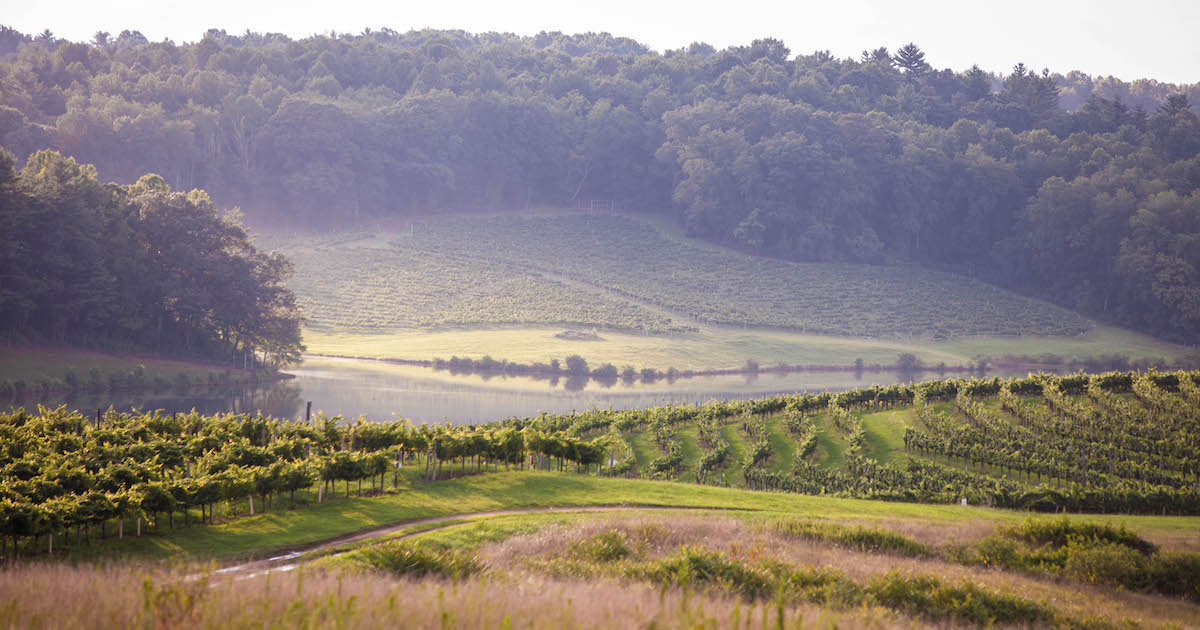Nestled into the base of Appalachia, Asheville, North Carolina, boasts a growing interest in local foodways. The past decade has seen a boom in both the number of small farms as well as locally minded restaurants sourcing from them. But when most people think about Biltmore Estate, the 127-year-old estate built by George Vanderbilt that stands as a beacon of the Gilded Age just south of downtown, they don’t necessarily affiliate it with Asheville’s current food scene. They should.
Very few of the 1.4 million visitors to Biltmore each year come for Vanderbilt’s over-the-top, thirty-five-bedroom French Renaissance château, or the winery, which produces 160,000 cases of wine each year. Few will truly comprehend the pulsing heart of the operation—its agriculture.
From a robust livestock program to hundreds of acres of silage crops to a 50-acre vineyard, and much more, the property’s agricultural efforts not only provide food and ingredients for the restaurants on site but have also established systems, training, animal husbandry, and innovation for the surrounding region.
Spread across more than 8,000 acres (a fraction of the 125,000 originally purchased by Vanderbilt), the land that houses Biltmore today could arguably be considered an epicenter of Asheville’s sustainable food movement—and it’s closer than ever to becoming the self-sustaining operation it was originally intended to be.
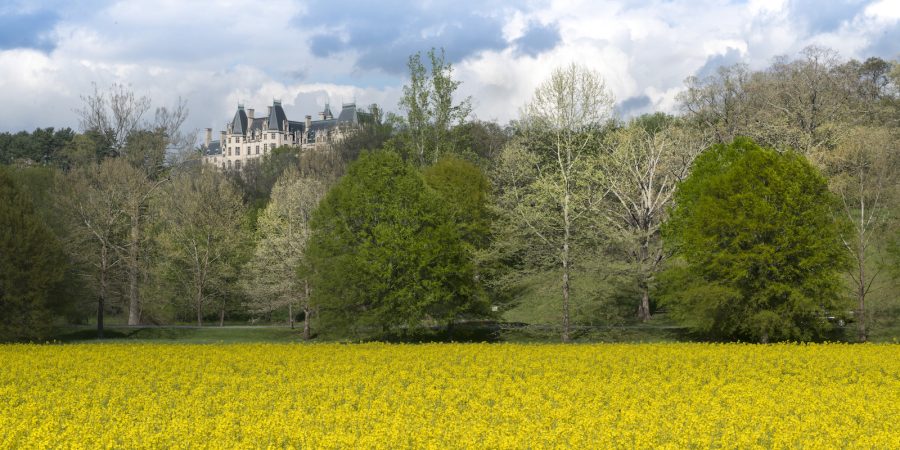
Biltmore Estate’s Millionaire Visionary
In the late 1800s, George Vanderbilt, son of a railroad tycoon and a member of one of America’s wealthiest families, enlisted the famed landscape architect Frederick Law Olmsted to help him conceptualize a plan for the swaths of land he’d purchased as a “country retreat” for himself and his mother. Much of the land had been used for agriculture, especially subsistence farming—a practice that overutilized and depleted the soil season after season.
The mogul could have started his own gentleman’s farm, one for show and little else, but Olmsted gave him a better idea: Figure out how to farm the rich riverbeds of the French Broad, which cut through the property, to grow silage crops for livestock; allow the livestock’s manure to help regenerate the depleted soil; and dedicate most of the rest of the acreage to planting and maintaining a healthy, ecologically sound forest.
Vanderbilt listened and Olmsted and his team got to work crafting the manicured gardens and forested glades that surrounded the house as it was being built—a six-year process. As Vanderbilt continued to buy up land, Olmsted and his team determined what would become highly productive farmland and what could be turned into a scientifically maintained forest.
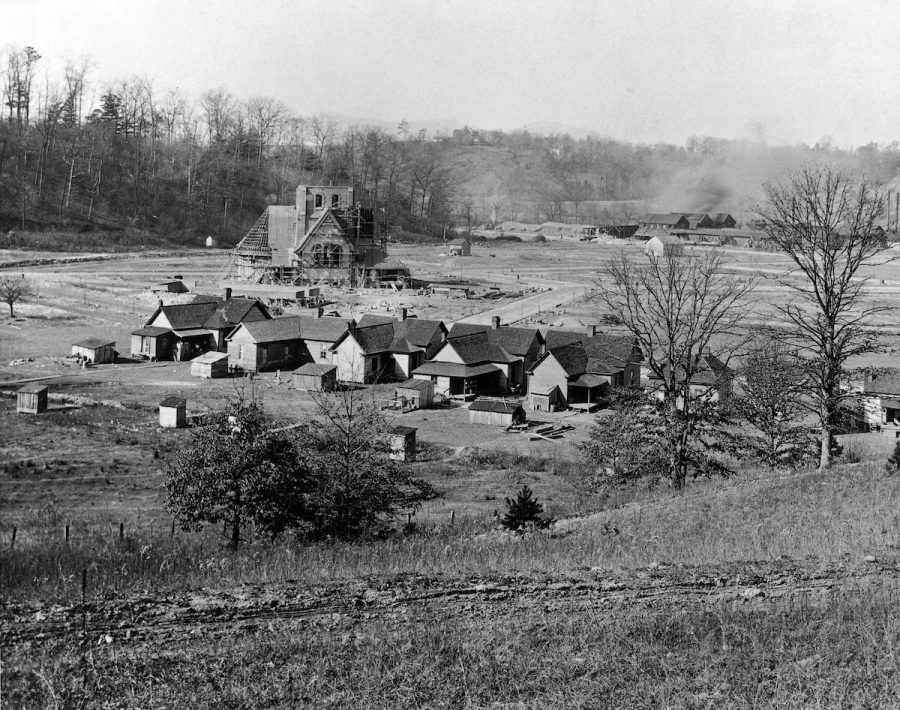
During Vanderbilt’s time on the property, most of the agricultural work involved a robust dairy operation, which was supplied by up to 1,800 Jersey cows—but they were also raising chickens, turkeys, sheep, and Berkshire hogs while maintaining a large produce garden for the house and surrounding village. While the dairy did provide milk, as well as income, for the estate, it was also meant to act as a laboratory to help farmers learn and practice running a successful farm. At the time, the young millionaire was considered an innovator for the region.
In 1897, the Asheville News and Hotel Reporter declared: “He has shown the Carolinians the productive capacities of their Virgin Soil [the great mine of wealth they have profited by so little] by the scientific drainage, the improved machinery, the importation of fine stock […] and lavish use of fertilizers, and the most up-to-date and scientific methods of farming that have characterized the management of the farm from the beginning. […] Is not a close study of this plantation a rare chance for the acquisition of practical knowledge of agriculture a priceless boon to not only North Carolina tillers of the soil but the entire South?”
Although the dairy was sold in the 1980s, well after the house had been open to the public, the family continued to keep cows on the property and transitioned to the beef business. Today, the cattle operation at Biltmore is still firmly rooted in the overall vision for the estate. With the benefit of technology and a dedicated team, it has reached the closed-loop system once envisioned.
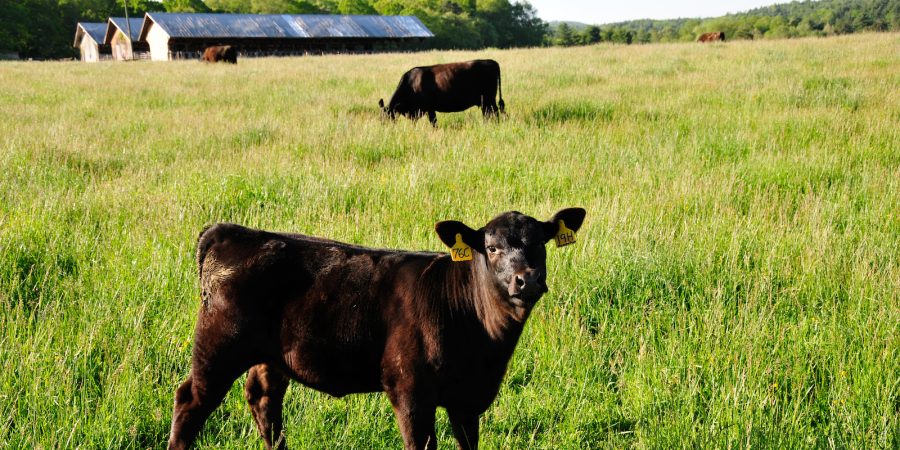
From the Farm at Biltmore Estate
“The cattle industry is usually separated into cow-calf producers and those who finish cattle. We’re unique because we do it all—we’re start to finish,” says Kyle Mayberry, director of agriculture for Biltmore.
With a master’s degree in animal science, Mayberry arrived here in 2019. He heads a team of about twenty, which includes those who manage the crops and fields, a team for the cattle and sheep, another for the pigs, a few in sustainability, and those running the farmyard, which is the guest-facing side of the livestock operation.
“For us, animal welfare is everything,” Mayberry says. That means ensuring their animals are not only productive, but comfortable—they’re all pastured in locations that give them easy access to both shade and water (primarily through water wells scattered across each pasture). A team of veterinarians is on hand regularly for animal care.
The animals themselves endure very little stress, like excessive transportation. “The way you treat your animals directly affects the product quality,” Mayberry says. “That’s why it’s such a high priority here—it’s got to be reflected in our product.”
Across the property, the animals are working in more ways than one. Yes, they’re being raised for meat, but they’re also arranged in a symbiotic system, with each species contributing to the greater plan.
For example, the Black Angus cattle, of which there are about 700 on site, are pasture-based and grain finished with a mix of corn and soybeans, most of which are grown on about 450 acres of the property. “Grain-finished beef has been shown extensively to be more environmentally friendly because the carbon footprint of that animal is significantly less since they’re finished quicker. Plus, corn produces about a third the amount of methane that grass does,” Mayberry says, adding, “it delivers a better product. And that’s what our guests are looking for.”
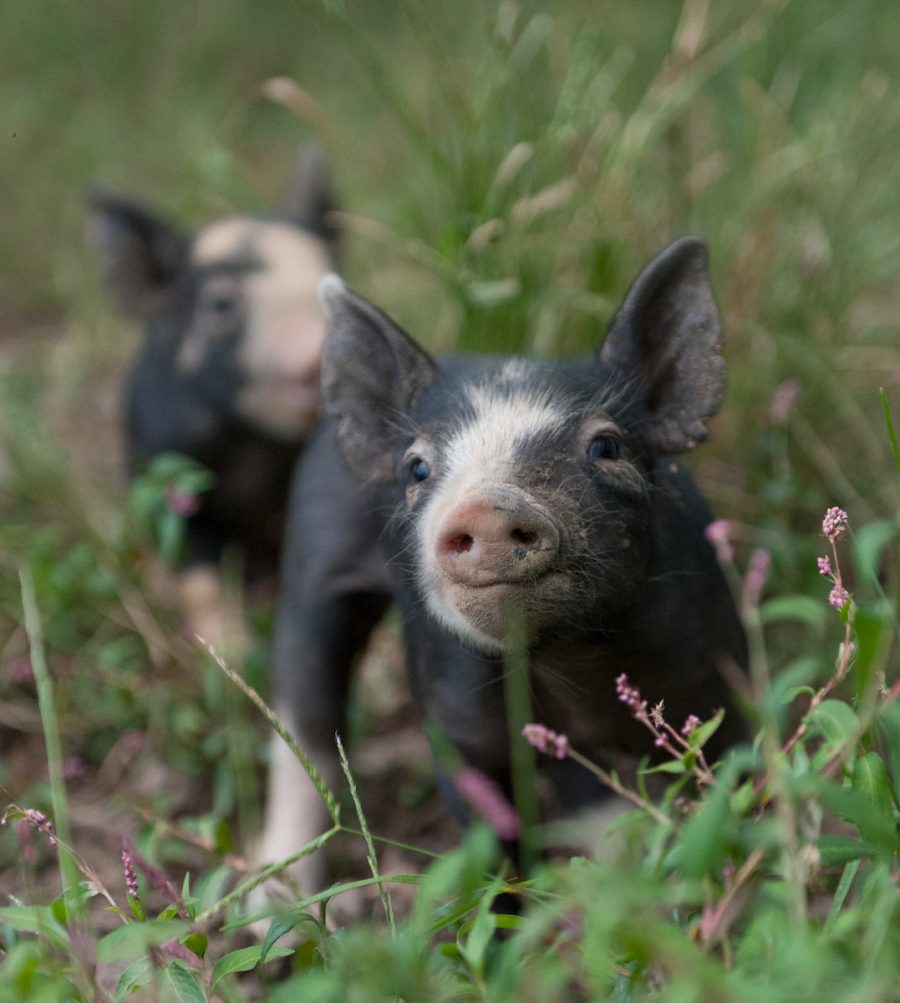
As the cattle move from one pasture to another (depending on season, purpose, and stage of growth for each animal), they tend to the grasses while their manure acts as fertilizer to sustain the pasture’s management.
In other areas, about 400 laying hens are often moved around with the use of a mobile chicken coop—as the hens’ beaks and claws move through the soil, they break up and distribute it, ensuring good dispensation. Those hens also produce enough eggs, about eighty-five dozen a week, to supply the property’s many restaurants.
Meanwhile, a herd of white Dorper sheep, a South African breed, breed twice each year and graze in various pastures including the land in and around the 50-acre vineyard as well as a fenced-in, 9-acre plot that houses the estate’s solar panel system. With more than 5,000 panels, the south-facing fields generate enough solar power to account for about 10 to 20 percent of the estate’s energy usage. (The power goes to the grid in real time and Biltmore is then paid for it.) More efficient than diesel-fueled mowers, the sheep graze the pasture, keeping them fed and the area between the panels properly manicured.
The west side of the property is one very few guests have an opportunity to see. There, atop a wooded haven, lives a herd of about one hundred or so Berkshire hogs that are pasture-raised in the recesses of the forest, where they root and burrow throughout the year. Weaned by a handful of mothers and often fathered by a boar affectionally nicknamed Cletus, a slew of piglets are born onto the farm each season and raised until they’re about 340 pounds.
Meanwhile, in the farmyard, which sits inside Antler Hill Village, guests can get to know Biltmore’s herd of about fifty goats. On site for both their agritourism appeal and their milk, which is used to produce soaps, the goats are also excellent brush clearers. Their ability to clear high-density areas prevents Biltmore from having to use chemical sprays. The animals serve yet another purpose, too. With such a prized lineage, Mayberry says, Biltmore-bred animals are popular with other farmers. The team sells several bulls and sheep to area producers each year.
To the Table
Whether George Vanderbilt and his wife Edith were hosting lavish meals for thirty or more, or just dining by themselves, seven courses was usually the minimum that hit the table at dinnertime. While Biltmore’s largest output at the time was the dairy, even then the land was being used to service the dining room. Chicken and turkeys were raised on-site, turkey and sauce being one of George’s preferred meals. There’s record of honey coming from Biltmore apiaries. Apples were frequently found on Biltmore menus, a sign that there maybe have been a flourishing orchard or two; and the produce from the market gardens filled the house’s kitchen.
But Vanderbilt was also known for sourcing the finest ingredients for his guests. Meals often included oysters from New York, caviar, and foie gras, as well as top-notch scotches and wines imported from Europe.
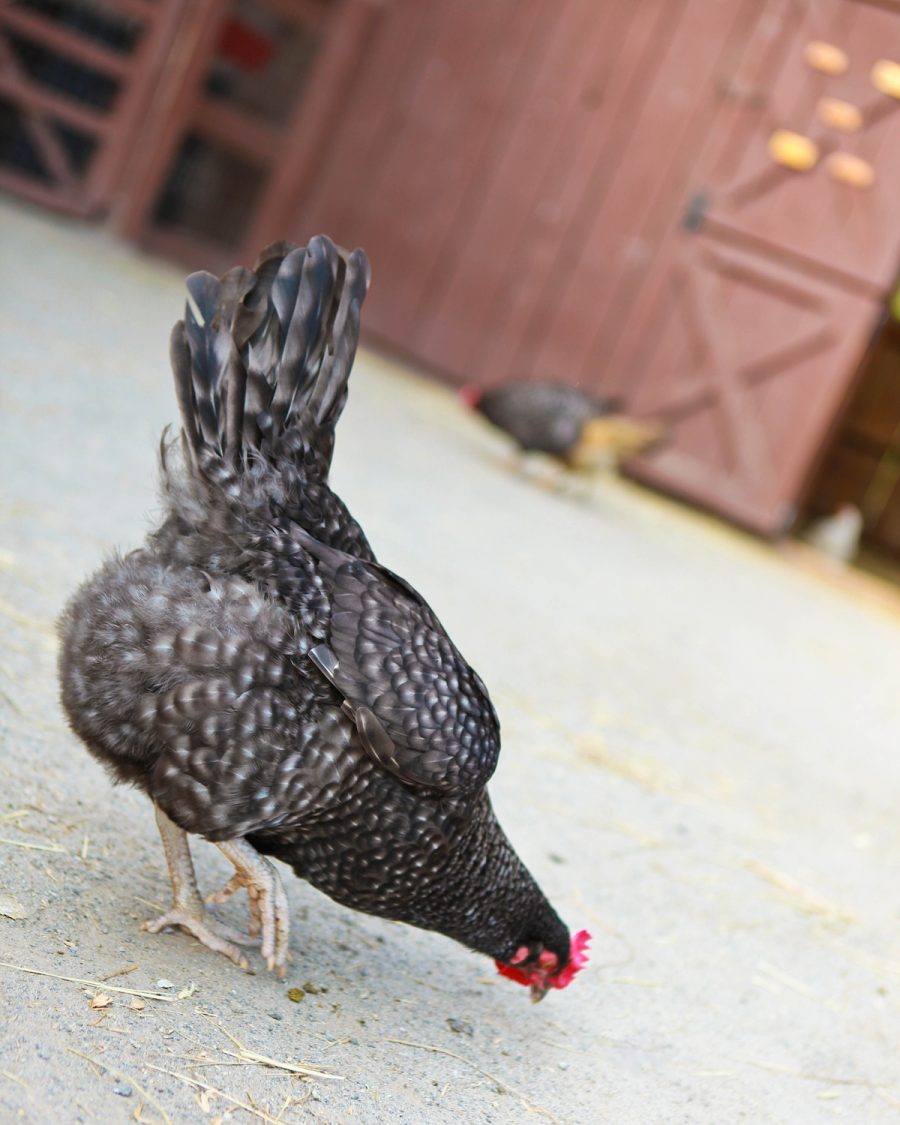
That commitment to exceptional ingredients remains at the fifteen dining spaces that now exist at Biltmore. Now, however, the most prized items come from the estate itself.
At Village Social, tucked into the Village Hotel, all the eggs, whether scrambled, poached, or wrapped as an omelet, come from the flock of laying hens that work the grounds.
On the menu at Bistro, in Antler Hill Village, estate-grown lamb shows up in a ragu draped over cavatelli, while at the Dining Room inside the Inn, you’ll find rack of lamb crusted in junipers and rosemary. At Stable Cafe, a lunchtime spot next to the house, there’s estate-raised ground beef in the burgers and a cobb salad brimming with greens grown nearby.
A trio of hydroponic greenhouses provide the restaurants with a continual supply of pristine greens and fresh vegetables. Two of the spaces are dedicated to a number of varieties of leafy lettuces, from perfectly perky romaine to microgreens. The other greenhouse acts as a germination zone as well as a place for other vegetables and experimental crops, like fresh tomatoes, herbs, broccoli, and garlic scapes.
While it ebbs and flows seasonally, about 50 percent of the property’s pork, 100 percent of the ground beef, 20 percent of other cuts of beef, and 80 percent of the property’s leafy greens are grown within a few hundred acres of Biltmore’s dining spaces. Bottom line: Anytime you see “estate-grown” listed on a menu here, know that it’s been raised on property with plenty of thought and care.
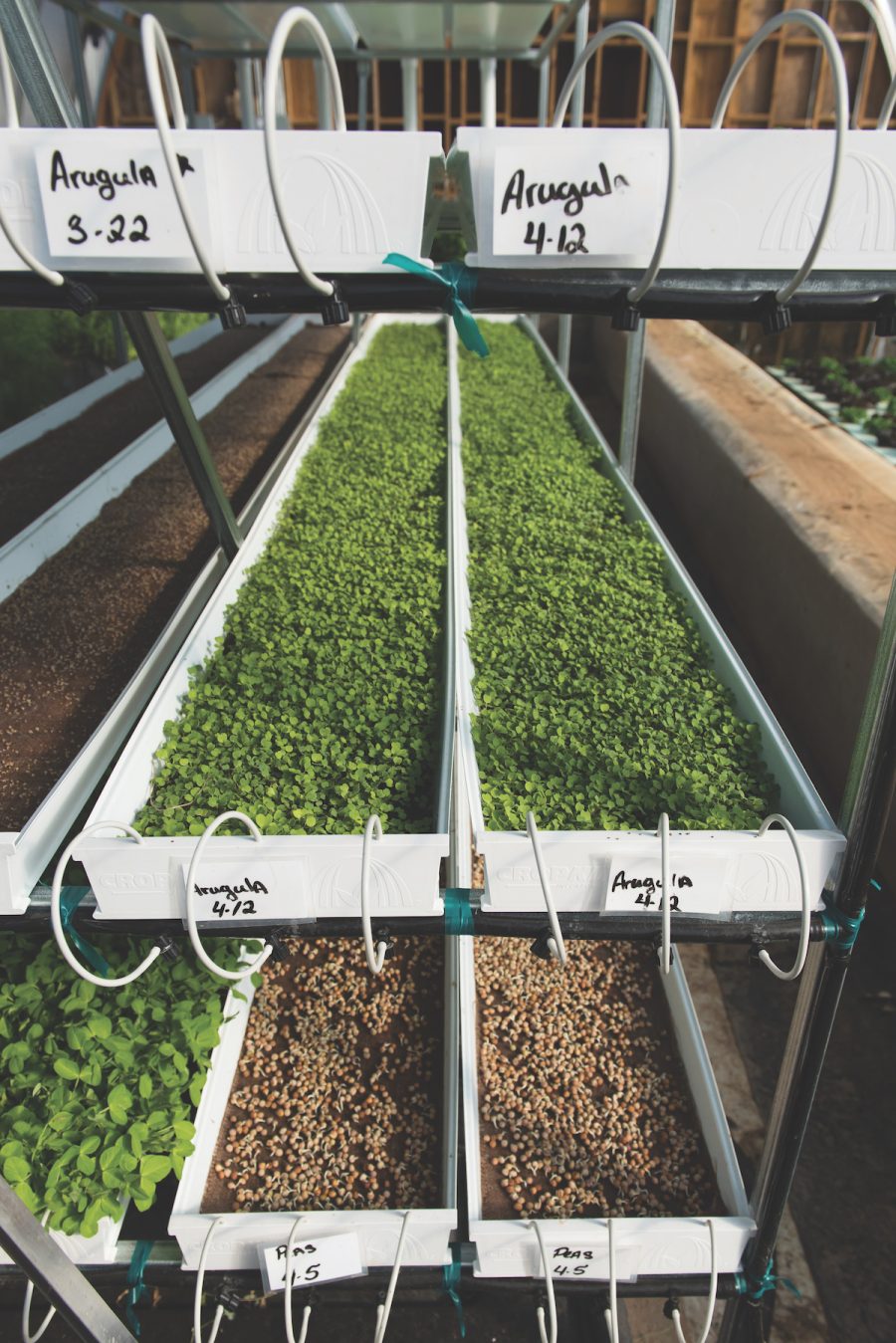
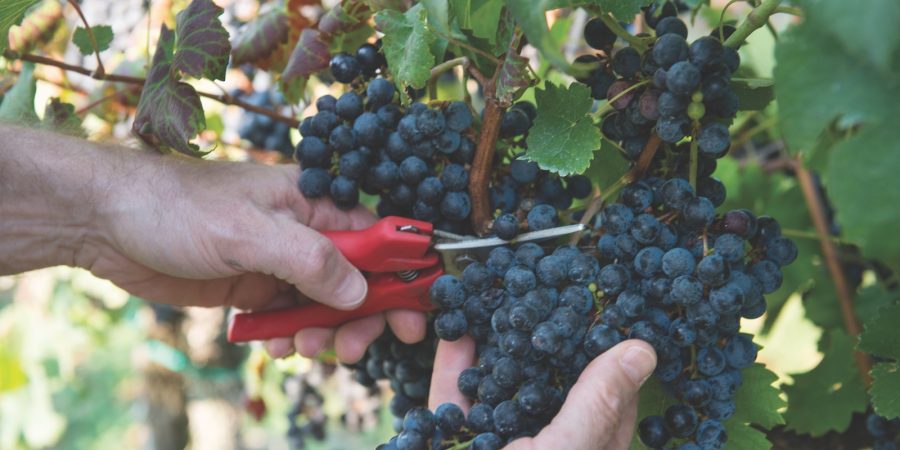
To the Bottle at Biltmore Estate
Growing Vitis vinifera (the type of grapes grown for winemaking in Europe), in the mountains of North Carolina is an act of courage and a lot of faith. That didn’t deter William Cecil, one of George’s grandsons, from planting vines here in the 1970s. The initial bottlings were unsuccessful, so Cecil recruited sixth generation winemaker Philippe Jourdain from France to coax beauty out of the chardonnay, cabernet sauvignon, cabernet franc, merlot, and other varietals originally planted.
As Jourdain, and the two subsequent winemakers who have followed him, have learned, when the ideal growing conditions are in place, North Carolina can produce stellar wines that might even rival those made in more ideal locales. But when they’re not, concessions must be made. In the case of Biltmore, where the mission instilled by Vanderbilt was to seek out the very best of whatever he was serving, that means also sourcing grapes from regions that consistently get it right, like California and Washington.
Biltmore now produces more than forty-five different bottlings each year—mostly to meet the needs of their million-plus visitors and 10,000-member strong wine club. Only about 10 to 15 percent of the fruit comes directly from the estate.
But with 50 acres, even in spite of the region’s wild weather (early frosts and hurricanes have pushed them to harvest early), there’s always a way to use the fruit, says Biltmore’s current winemaker Sharon Fenchak. “For example, when we have a really good year overall—we have a good yield, we have good acid—we can make our traditional method North Carolina sparkling wine. But we don’t make it every year,” she says. “Sometimes we make rosé. You have to respect the grape.”
share
trending content
-
A First Look at Le Moyne | Listen
by Amber Chase -
A Kamayan Filipino Feast | Listen
by Emily Havener -
Corn of Life with Julio Hernadez | Listen
-
Recap: Charleston Wine + Food 2025
by TLP Editors -
A First Look at Camaraderie | Listen
by Amber Chase
More From In the Field
-
Corn of Life with Julio Hernadez | Listen
-
Utopian Seed Project | Listen
-
Culling a Wild Boar Population | Listen
-
Michelin Unveils a New Frontier of Culinary Excellence in Texas | Listen
-
Southern Makers: Better Together


